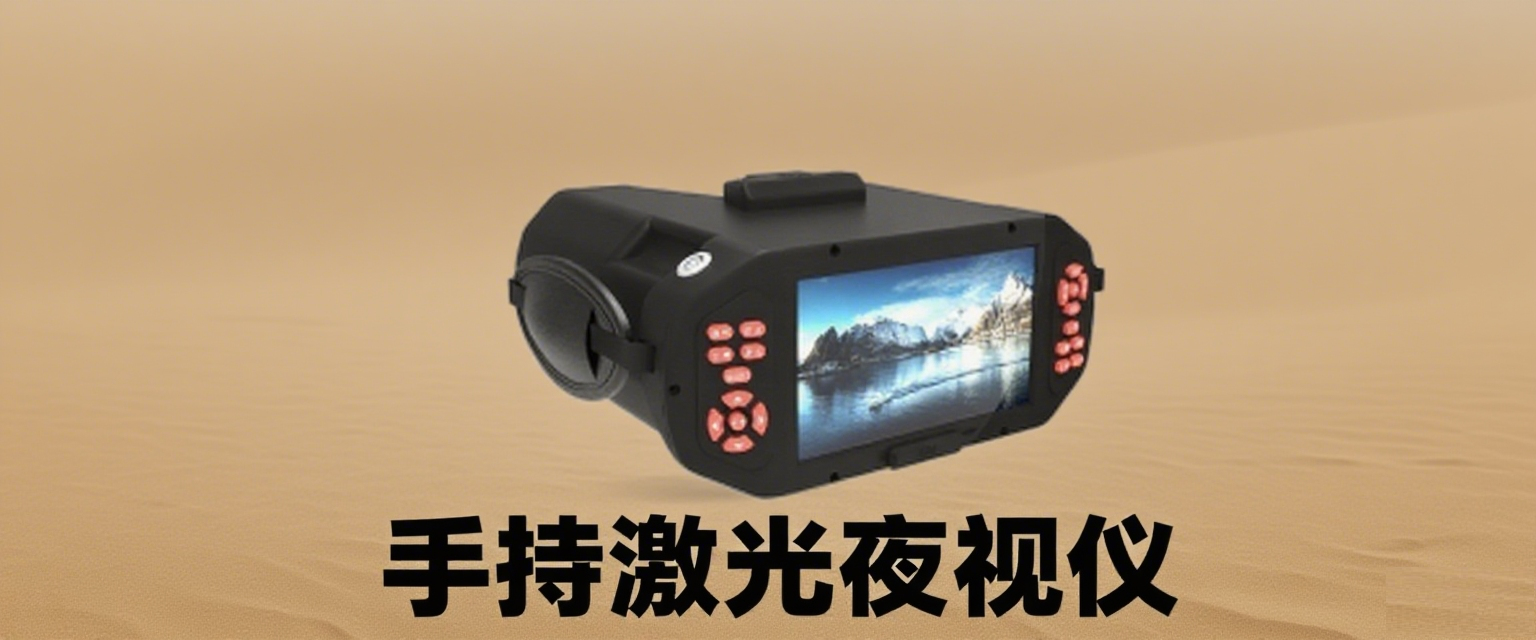-
-
Nuclear radiation imaging Solution
-
Handheld gas nuclear radiation All-in-one solution
-
SETTALL low-altitude defense System solutions
-
Portable green laser bird repellent System solutions
-
Low-light aiming scope Solution
-
Multifunctional rapid screening instrument for drug abuse Solution
-
Photovoltaic and wind power complementary wireless monitoring System solutions
-
Road vehicle overheating warning System solutions
-
Laser-based bird deterrent system System solutions
-
Bird detection, monitoring, and dispersal System solutions
-
Mountain maintenance monitoring System solutions
-
New generation of coastal defense Solution
Solution
-
-
-
-
Return
In-depth experience: Hands-on review of a laser night vision device
Jul 16,2025

In frontline missions, the handheld laser night vision device, with its flexible and portable features, has become an important piece of equipment for night observation and rapid response. After a period of practical application, we have a deeper understanding of its performance and usage techniques. The following is a summary of our experience:
Core Advantages of the Device
• Portability Adapts to Mobile Needs: Weighing only a few hundred grams, the device can be held in one hand or hung around the chest without affecting tactical movements. It can be used at any time, whether on foot or in a vehicle, solving the problem of large night vision equipment being "too heavy to carry and difficult to deploy."
• Precise Close-Range Observation: In close-to-medium range observation within 500 meters, it can clearly identify the clothing and movements of targets. It is especially suitable for night sentry duty and perimeter observation before entering buildings, and is more suitable for low-light environments than telescopes.
• Strong Concealment of Laser Supplementary Lighting: The supplementary lighting laser is invisible light, only detectable by the device's lens, and will not expose the position like a flashlight. When supplementing light at short distances, it can illuminate hidden corners such as door and window gaps and grass, making it easier to find hiding places.
Practical Operation Techniques
• Stable Grip is Key: When holding it with one hand, you can keep your arm close to your body or against cover to reduce hand shaking that causes blurry images. For prolonged observation, use the other hand to help support the device to relieve arm fatigue.
• Adjust Parameters According to the Scene: In environments with streetlights or moonlight, turn off the laser supplementary lighting and use only the night vision mode to avoid overexposure caused by light reflection. In completely dark environments, gradually increase the laser power, finding a balance point that is clear and not dazzling.
• Quickly Switch Observation Modes: In case of emergencies, quickly scan key areas within the field of vision (such as intersections and high points), and then focus on observation after identifying suspicious points, avoiding missing surrounding dynamics by staring at one spot.
Maintenance and Usage Taboos
• Drop and Pressure Resistance is the Bottom Line: The internal optical components of the device are precise, and drops can easily lead to lens offset and laser module failure. When carrying it, be sure to fasten the protective cover and avoid collisions with hard equipment.
• Lens Maintenance Should Be Meticulous: The temperature difference is large at night, and the lens is prone to fogging. A special anti-fog cloth can be used to wipe it. In rainy or snowy weather, cover the lens cap in time to prevent liquid from entering the body.
• Avoid Direct Strong Light: Do not turn on the laser supplementary lighting during the day or in strong light environments. Strong light will burn out the night vision sensor. Before use, be sure to confirm the ambient light intensity and develop the habit of "checking the environment before turning on the device."
Although the handheld laser night vision device is small, it plays the role of a "far-sighted eye" in night missions. Only by being familiar with its performance and mastering the operational details can this equipment truly become a tool to improve mission efficiency and safety.
Previous Page:
Contact Us
EMAIL: Guojin@settall.com
No. 8, 14th Building, Zone 7, Headquarters Base, West Outer Ring Road, Fengtai District, Beijing
COOKIES
Our website uses cookies and similar technologies to personalize the advertising shown to you and to help you get the best experience on our website. For more information, see our Privacy & Cookie Policy
COOKIES
Our website uses cookies and similar technologies to personalize the advertising shown to you and to help you get the best experience on our website. For more information, see our Privacy & Cookie Policy
These cookies are necessary for basic functions such as payment. Standard cookies cannot be turned off and do not store any of your information.
These cookies collect information, such as how many people are using our site or which pages are popular, to help us improve the customer experience. Turning these cookies off will mean we can't collect information to improve your experience.
These cookies enable the website to provide enhanced functionality and personalization. They may be set by us or by third-party providers whose services we have added to our pages. If you do not allow these cookies, some or all of these services may not function properly.
These cookies help us understand what you are interested in so that we can show you relevant advertising on other websites. Turning these cookies off will mean we are unable to show you any personalized advertising.
Contact
EMAIL: Guojin@settall.com
No. 8, 14th Building, Zone 7, Headquarters Base, West Outer Ring Road, Fengtai District, Beijing


